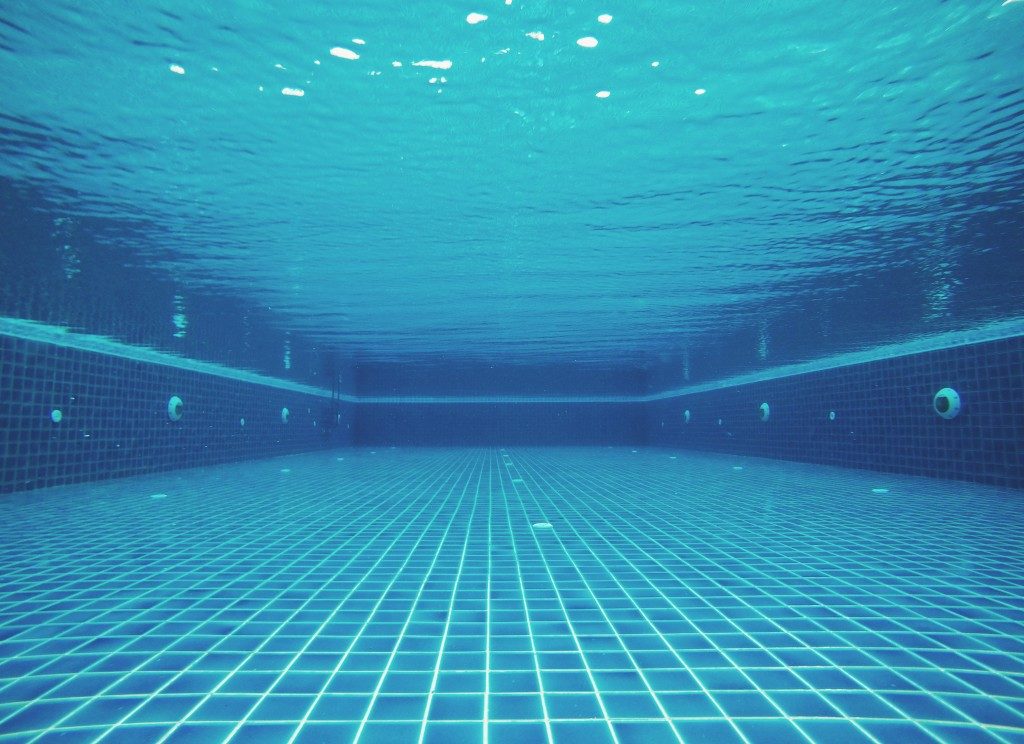Most property owners assume keeping their pool’s water fresh is as easy as regular skimming to get rid of debris and periodic addition of chemicals. Though commendable, it takes more than this to keep your water debris-free and safe. In the warm months, the biggest problem faced by swimming pool owners is the accumulation of debris. The temperatures at this time coupled with inconsistent sanitizer levels in your pool are the primary elements which support algae growth.
Algae, as a swimming pool maintenance expert in Salt Lake City will attest, is a single-celled plant and will only become visible to your naked eye when it has accumulated in millions. At this time, it is expensive, and it takes considerable time to get rid of it. Here are some of the management options for different types of pool algae.
Green Algae
This is the most common algae form in pools. Its color ranges from dark green, to yellow-green. Green algae can float in your water and turn it into a hazy green or cling to the swimming pool walls as green patches. Pools infested with green algae will first have their chemicals balanced to achieve a proper PH. The chlorine levels will be raised to above 3ppm, and then the walls thoroughly brushed. The pool’s filtration is checked throughout the treatment process to guarantee the algae does not block the filters.
Black Algae

This is essentially blue-green algae which form in your pool’s crevices and cracks more so those with a plastered and concrete finish. In most cases, the algae thrive in shaded parts of the water. Black algae have ‘skeletal growths’ and a slimy layer which makes your pool impervious to chlorine and looks like black spots on your water’s surface. Management of black algae starts with a thorough brushing of the algae to break open its skeletons and slime to boost the efficacy of treatment. After this, the pool will be shocked with high amounts of algaecide and brushed to get rid of the algae.
Mustard Algae
This type of algae is so called owing to its muddy yellow or brownish color. Though mustard algae spread at a slower rate compared to green algae, it is harder to eliminate than the latter. It grows in a mold-like and fur pattern which requires brushing to break its connections and expose the algae. After this, the pool is shocked with high chlorine amounts.
Pink Algae
This resembles a reddish-orange slime along your pool’s water line. The algae also thrive on the PVC surfaces of your pool more so the piping and commonly occurs with white water mold. Management of pink algae encompasses brushing and sanitizing your pool then the addition of calcium hypochlorite to shock the water.
The management of the above types of algae is not a one-off venture. You will need regular treatments to get rid of the algae and prevent its regrowth indefinitely. Prevention through routine expert maintenance is essential to keep your pool algae-free and save you on the time and expenses of treatment. Salt chlorine pool generators will also play a crucial part in preventing the proliferation of algae in your pool.

